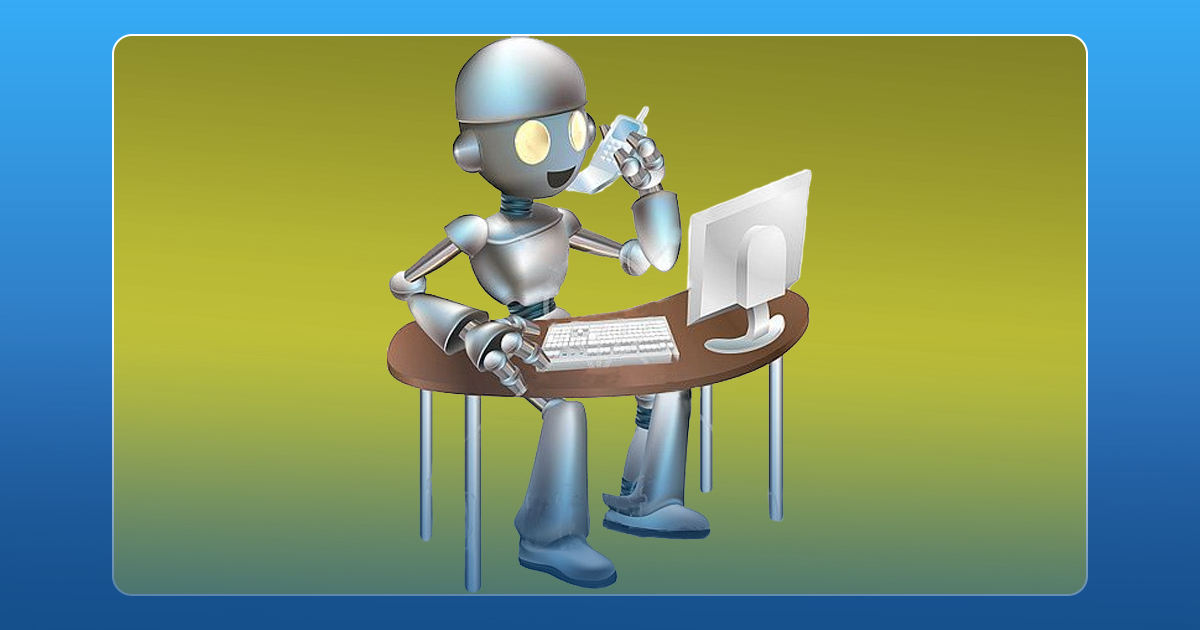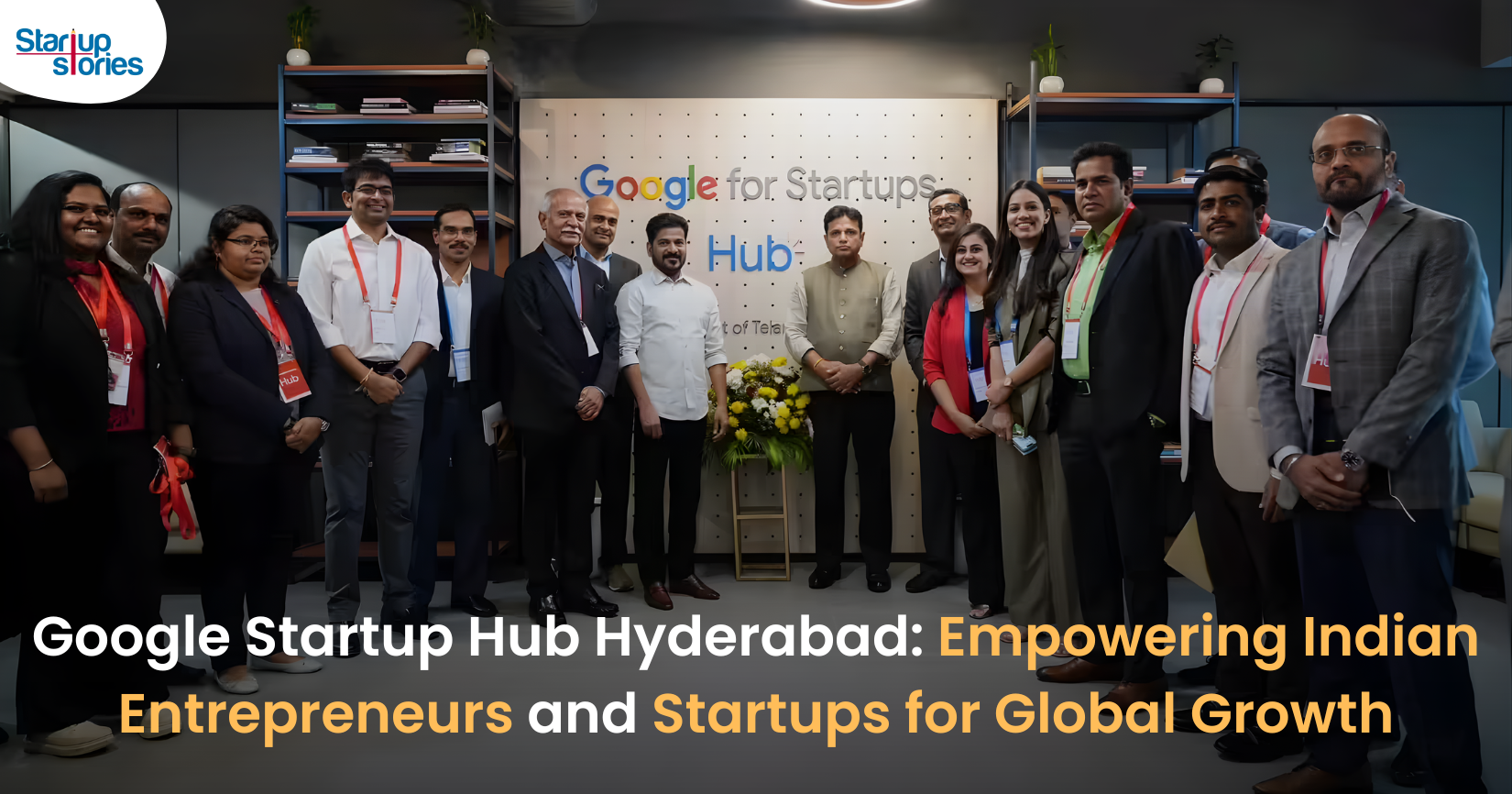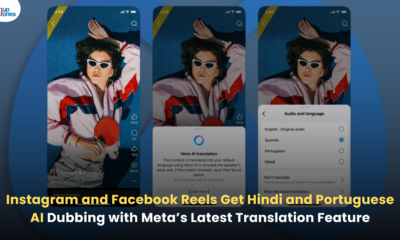Technology
Artificial Intelligence For The Best Customer Services

Implementing Artificial Intelligence improves the features and working of the customer service sector. It helps the companies to handle the task easily but has some disadvantages too. It might not be possible for a human to stay on for 24/7 to serve, but it is not a problem for artificial intelligence. They can give live services irrespective of time. The problem with the robotic technology is that they can’t understand all languages or some special characters, they just work with features pre-installed in them. Let us have a brief overview of the Artificial Intelligence in customer service.
Artificial Intelligence for Sudden Change in Service Sector:
Combining Artificial Intelligence and Machine Learning gives innovative and happy results. It works efficiently with fast servers. There are no time limitations for the AI (Artificial Intelligence) systems, sometimes technical issues may be raised which can be solved in no time.
Increasing Productivity and Accuracy:
Artificial Intelligence enables customer service agents to serve a customer in better and more efficient manner. Previously customer service agents should be familiar with each and every aspects of the company, but now it is not that necessary after artificial intelligence coming to use. It also serves the customer on the real-time basis, without any delay. Artificial Intelligence also helps to gather the information quicker and accurate.
Usage of Collected Customer Data:
The huge amount of customer data collected by the companies will be as the knowledge base for the artificial intelligent system. The more the data fed into the system, the more efficient it works and handles customers efficiently.
Multiple Language Support:
All the Multi-National Companies has the customer base from different regions, who speak different languages. And it is highly impossible to set a customer care center to handle in all the languages preferred by the customers. This can be done by using machines, making a machine learn multiple languages is easy. Hence the machines can handle it without much risk.
Auto Respond to Bulk Emails:
The ticket supervision system with Artificial Intelligence helps your support center by answering instantly to some general queries. All company’s content is retrieved by the system and it helps to answer a greater number of emails automatically.
Chatbots are the automatic response system which gives a response to the customer queries automatically by searching the knowledge base, company’s database and approved external sources. Chat Bots give the real time and personalized responses to the customers. By this, if the physical agent is not active, the query of the customer can be solved.
Also, Read HOW ARTIFICIAL INTELLIGENCE AND CHATBOTS WILL CHANGE STARTUPS
News
Google Launches Startup Hub in Hyderabad to Boost India’s Innovation Ecosystem

Google has launched the Google Startup Hub Hyderabad, a major step in strengthening India’s dynamic startup ecosystem. This new initiative aims to empower entrepreneurs, innovators, and developers by giving them access to Google’s global expertise, mentoring programs, and advanced cloud technology. The hub reflects Google’s mission to fuel India’s digital transformation and promote innovation through the Google for Startups program.
Located in the heart of one of India’s top tech cities, the Google Startup Hub in Hyderabad will host mentorship sessions, training workshops, and networking events designed for early-stage startups. Founders will receive Google Cloud credits, expert guidance in AI, product development, and business scaling, and opportunities to collaborate with Google’s global mentors and investors. This ecosystem aims to help Indian startups grow faster and compete globally.
With Hyderabad already home to tech giants like Google, Microsoft, and Amazon, the launch of the Google Startup Hub Hyderabad further cements the city’s position as a leading innovation and technology hub in India. Backed by a strong talent pool and robust infrastructure, this hub is set to become a growth engine for next-generation startups, driving innovation from India to global markets.
Technology
Jio Unveils Cloud PC Service to Bring Affordable Computing to Indian Households

- Jio Platforms has launched JioPC, a cloud-based virtual desktop service that transforms any television connected to a Jio Set Top Box into a fully functional computer.
- Users simply connect a keyboard and mouse to access a desktop-like environment, complete with web browsing, productivity tools, and educational apps—all without needing a physical PC or extra hardware.
- The service is device-agnostic and works with all consumer PC brands, making advanced computing accessible and affordable for millions across India.
JioPC is designed to support a wide range of activities, from professional work to online learning and creative projects. By leveraging Jio’s robust cloud infrastructure, users can run even compute-intensive AI applications directly from their TV screens. The platform also ensures data security and reliability, as all files and settings are safely stored in the cloud, protecting users from data loss even if their device is reset or replaced.
With JioPC, Jio aims to democratize digital access and bring high-performance computing to Indian households at a fraction of the traditional cost. The service supports popular productivity suites like LibreOffice and Microsoft Office online, and Jio is offering a free trial to encourage users to experience the benefits firsthand. This innovative move is set to reshape how people in India work, learn, and connect in the digital age.
Technology
WhatsApp Introduces Ads in Updates Tab, Keeps Chats Ad-Free

Meta has officially begun rolling out ads on WhatsApp, ending over a decade of an ad-free experience since its acquisition in 2014. The advertisements will appear only in the Updates tab, specifically within the Status feature, which lets users share photos, videos, and text updates that disappear after 24 hours—similar to Instagram Stories.
Where Ads Will Appear
- Ads will be visible exclusively in the Status section of the Updates tab, keeping personal and group chats ad-free.
- Businesses can use these ads to encourage users to interact via WhatsApp messaging.
- Meta is also introducing paid channel subscriptions and promoted channels within the Updates tab, allowing users to access premium content and discover new channels more easily.
Privacy and Targeting
Meta has emphasized that private messages, calls, and group chats will remain end-to-end encrypted and free from advertising. Ads will be personalized using limited, non-sensitive data such as location, language, followed channels, and ad interactions. Users can further manage ad preferences if they link WhatsApp to Meta’s Accounts Center.
User and Business Impact
The move marks a major shift for WhatsApp, which has long resisted advertising to preserve a clean messaging experience. While some users have criticized the change, Meta sees this as a significant opportunity to monetize WhatsApp’s 3 billion users and over 200 million businesses on the platform.
In summary, WhatsApp’s new ads will be confined to the Updates tab, ensuring personal messaging remains private and uninterrupted, while opening new monetization avenues for Meta and businesses.















kmbwb
June 8, 2025 at 10:49 am
clomiphene prescription uk can you buy cheap clomiphene without a prescription where can i get generic clomiphene pill can you buy cheap clomiphene without rx where buy cheap clomiphene price can i purchase cheap clomiphene prices clomid generico
Luna Mccullough
July 19, 2025 at 7:13 am
I appreciate you sharing this blog post. Thanks Again. Cool.
Jaxon Carpenter
July 20, 2025 at 1:05 pm
I do not even understand how I ended up here, but I assumed this publish used to be great
Parker Robinson
July 21, 2025 at 8:26 pm
naturally like your web site however you need to take a look at the spelling on several of your posts. A number of them are rife with spelling problems and I find it very bothersome to tell the truth on the other hand I will surely come again again.
Payton Brock
July 28, 2025 at 12:24 pm
very informative articles or reviews at this time.
J88
November 6, 2025 at 12:08 am
Đến với J88, bạn sẽ được trải nghiệm dịch vụ cá cược chuyên nghiệp cùng hàng ngàn sự kiện khuyến mãi độc quyền.
站群程序
November 8, 2025 at 2:15 pm
搭载智能站群程序,自动化搭建与管理,为SEO项目提供核心驱动力。站群程序
GO88
November 9, 2025 at 10:13 pm
Tham gia cộng đồng game thủ tại Go88 để trải nghiệm các trò chơi bài, poker phổ biến nhất hiện nay.
谷歌站群
November 11, 2025 at 3:49 pm
专业构建与管理谷歌站群网络,助力品牌实现全域流量的强势增长。谷歌站群
MM88
November 14, 2025 at 6:45 pm
Khám phá thế giới giải trí trực tuyến đỉnh cao tại MM88, nơi mang đến những trải nghiệm cá cược thể thao và casino sống động.
MM88
November 16, 2025 at 4:35 pm
Với giao diện mượt mà và ưu đãi hấp dẫn, MM88 là lựa chọn lý tưởng cho các tín đồ giải trí trực tuyến.
Kuwin
November 24, 2025 at 6:11 pm
kuwin sở hữu kho game đa dạng từ slot đến trò chơi bài đổi thưởng, mang đến cho bạn những giây phút giải trí tuyệt vời.